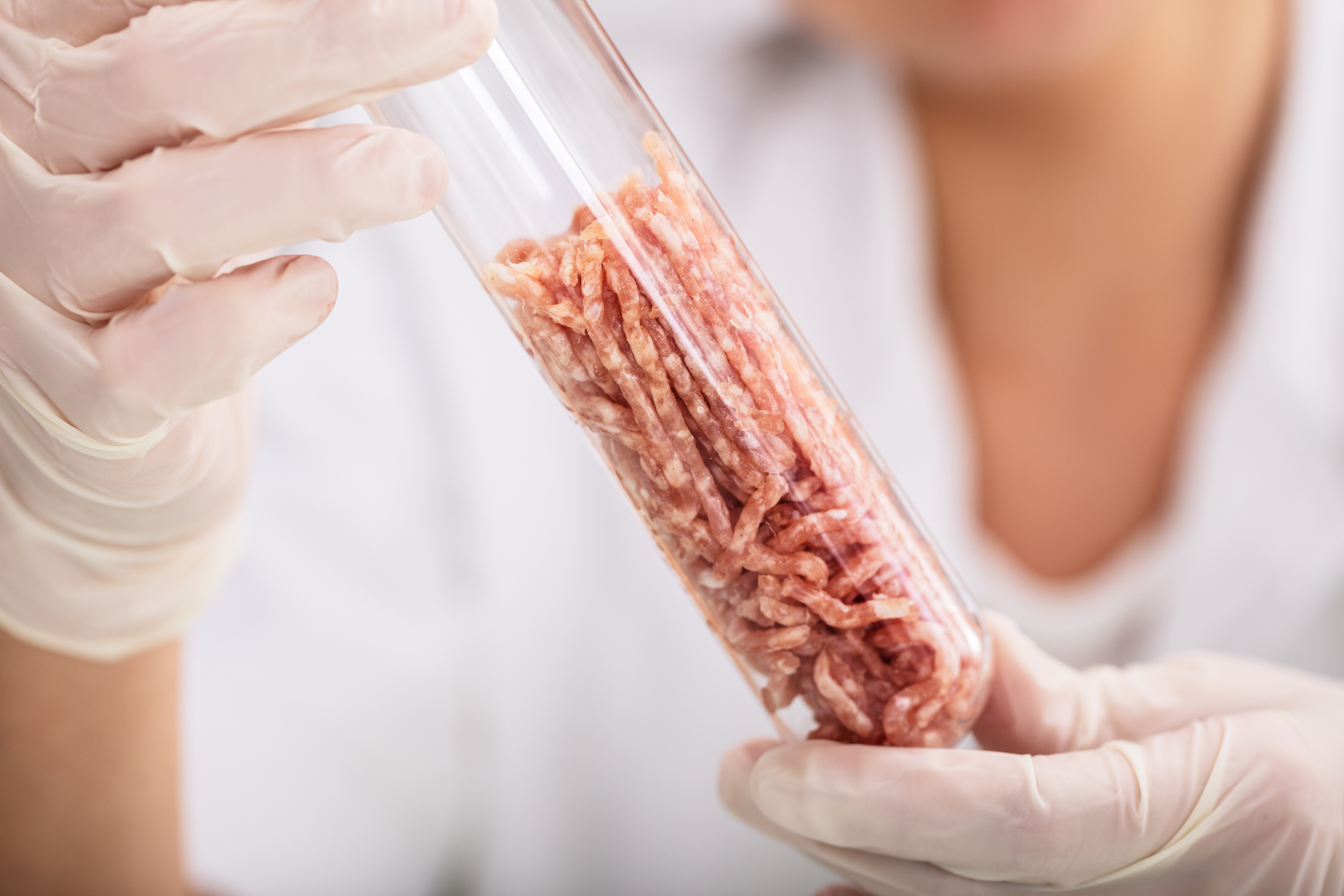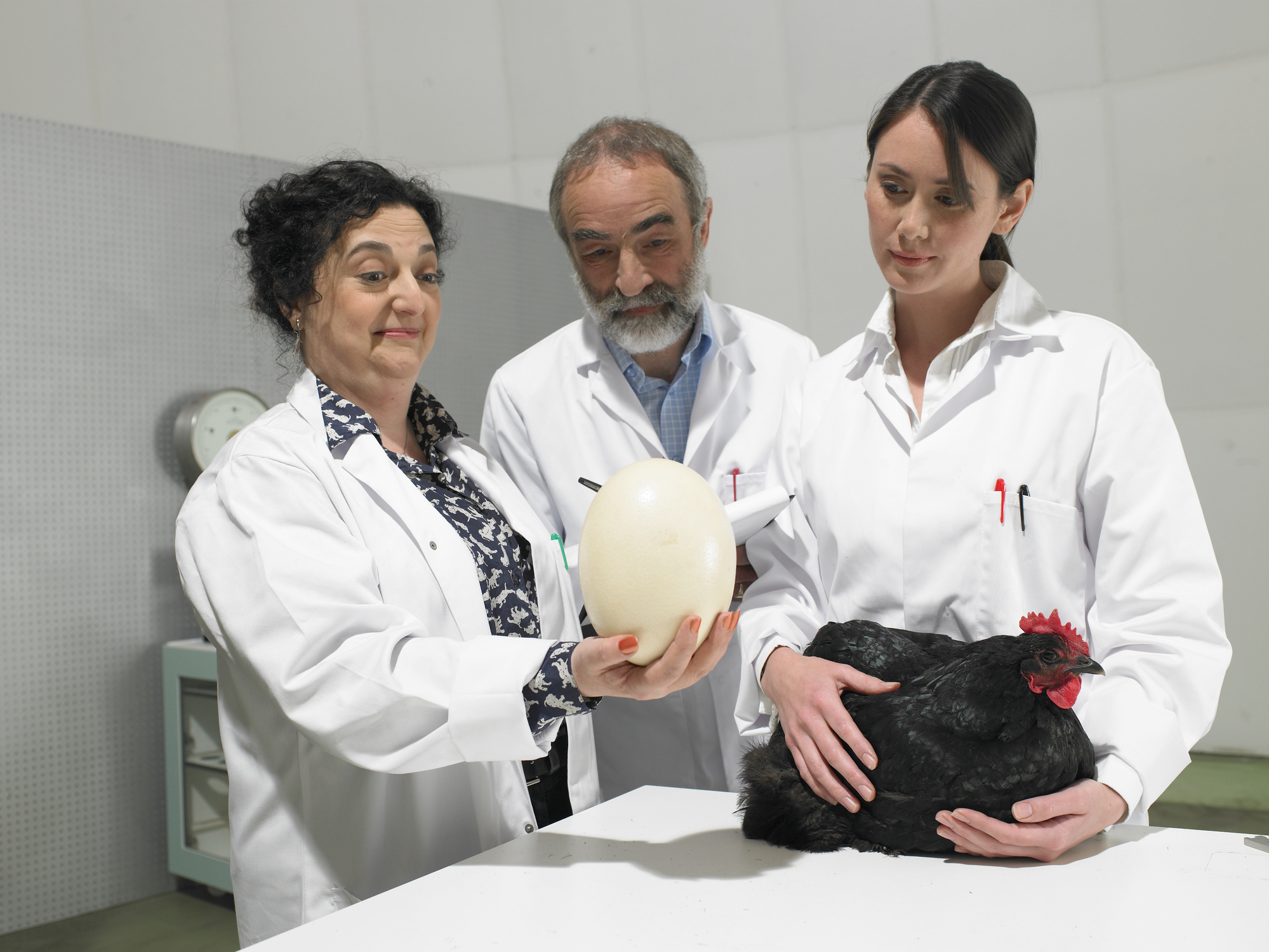Beijing has hijacked American openness.
One Nation Under Pot

Americans' increasing consumption of marijuana will render us submissive and unhealthy.
In the second book of the Republic, Plato’s Socrates makes some rather striking claims about how food can serve as a means of social control, claims that are widely overlooked. The ideal harmonious republic, Socrates contends, would be one in which the workers ate only a vegetarian diet. Give the workers wheat- and barley-bread, by all means; allow them wine, olive oil, cheese, and dessert of “figs and peas and beans, and myrtle-berries and acorns to roast at the fire,” and the simple folk will “lead a peaceful and healthy life.” Timorousness will be encouraged by these foods, “and fear of poverty and war will make [the people] keep the number of their families within their means.”
Give the workers meat, however, and now, instead of a society of contented dolts, you have a society “in a fever,” where man’s acquisitive and competitive instincts—what the ancient Greeks called thymos—come right to the fore. Such a society requires greater differentiation, more territory, new classes of warriors and overseers, strict eugenic codes to ensure proper breeding—in short, a society of meat-eaters is much harder to keep in check and rule.
Like a vegetarian diet, marijuana does not encourage thymos. There’s a reason why meth, and not marijuana, was the drug of choice for the Nazi Einsatzgruppen death squads on the Eastern Front, and still is for gays in bathhouses and at so-called “chemsex” orgies. The ancient Greeks knew about marijuana from the steppe Scythians, who used it in special rituals as well as other drugs like opium, but Plato never thought that encouraging pot-smoking might be just as effective a societal soporific as a diet of myrtle-beans, acorns, and peas. Today, our rulers seem to know better, though.
In one of his last monologues while still at Fox, Tucker Carlson decried moves to ban menthol cigarettes as a “pure power play” which had nothing to do with people’s health and everything to do with controlling their behavior. He noted that gyms had been closed during the pandemic when they could have done so much good and then went on to say the following:
[Our rulers] hate nicotine. They love THC. They’re promoting weed to your children, but they’re not letting you use tobacco, or even non-tobacco nicotine-delivery devices which don’t cause cancer. Why do they hate nicotine? Because nicotine frees your mind, and THC makes you compliant and passive—that’s why! They hate it. It’s a real threat to them.
Tucker’s love of nicotine, and his use of everything from Zyn pouches to nicotine gum, is well known. But when he puts it like that, he has a point. Tobacco and marijuana really do have different effects, and the large-scale transition from consumption of one to the other must have implications at a societal level.
There can certainly be no doubt that tobacco’s loss in recent decades has been marijuana’s gain. More people now smoke marijuana in the U.S. than smoke conventional cigarettes, according to recent Gallup polling; although this doesn’t take into account the use of other methods of consuming either marijuana or tobacco products. Sixteen percent of Americans polled stated that they currently smoke marijuana, against just 11 percent who said they smoke conventional cigarettes. Just under half of all American adults were smokers in the mid-fifties. Almost half of adults surveyed in the recent poll said they had smoked marijuana, compared to four percent in 1969. Decades of warnings have clearly had the intended effect. Americans now overwhelmingly see cigarette smoking as “very harmful,” with 83 percent of adults choosing this response in a 2019 survey. By contrast, around half of Americans see marijuana’s effects on the individual, and on society, as positive.
While marijuana remains illegal in over half of American states and at the federal level, the trend is clearly toward further liberalization, the opposite of what’s happening with tobacco and nicotine. Cannabis is now the sixth most valuable crop in the U.S. after corn, soybeans, hay, wheat, and cotton, in that order. Across 15 legal cannabis states, 2,834 metric tons were produced in 2022, with a value of about $5 billion.
Given how much weed is now being produced in the United States, it’s not a wonder that it’s starting to turn up in all sorts of places other than bongs and rolling papers. And given that weed is a plant, it’s not a wonder that one of those places is the food supply. I’m not talking about pot brownies, which people have always been making, or things like CBD (cannabidiol) oil and other weed-based infusions, which are being added to coffee and even to fine-dining food at restaurants like Opulent Chef in San Francisco. There are new uses that don’t have anything to do with what we might consider to be marijuana’s normal effects—its psychoactive and psychotropic properties.
One such use is as a food preservative. According to a new study, for example, dipping fruits and vegetables in CBD oil could extend their shelf life for weeks. Researchers in Thailand discovered that by mixing CBD oil and sodium alginate, and then covering strawberries in the mixture, growth of bacteria and fungi could be significantly reduced. The coating appears to be invisible and tasteless.
At present, the researchers have only tested the CBD coating on strawberries, but you can bet that if it works, CBD will find use as a preservative in a much-wider range of food products. One place I fully expect it to go is into processed food. Processed food—broadly speaking, food produced in factories, wrapped in plastic and containing ingredients you wouldn’t find in a typical home kitchen, like stabilizers, preservatives, and humectants—is responsible for making Americans, and the rest of the developed world, fatter, unhealthier, and unhappier than they’ve ever been.
Processed food is now consumed in vast quantities by every demographic in society—the average American child aged between two and five gets 58 percent of their daily calories from processed food—and has been linked to more or less all of the prevailing diseases of modernity, from obesity and diabetes to cancer, depression, and even behavioral conditions like ADHD and autism. The baleful effects of eating processed food were powerfully illustrated by a BBC documentary that aired during the pandemic. In “What Are We Feeding Our Kids?”, a normal 40-year-old male doctor ate a diet of 80 percent processed food for a month—a diet one-fifth of the British population now consumes—and suffered a horrifying array of negative health consequences, from the expected weight gain to piles, insomnia, loss of libido, and crushing anxiety. Before-and-after MRI scans revealed that his brain had been reprogrammed in the manner of a drug addict. Even when the extra weight and the piles had disappeared, further scans revealed that the changes to the physical structure of his brain were still evident. He had been hardwired to want salty, sweet, crunchy, and chewy snacks.
Processed food was created to serve as a home for novel ingredients, and it has been accepting more and more of them for the last 70 years. Among the first of these ingredients was a new class of fat, vegetable, and seed oils, which human beings had never eaten in any quantity before the introduction of processed food. At the turn of the 20th century, vegetable and seed oils were simply industrial by-products that were used, if they were used at all, as industrial lubricants and paint thinners. Corporations like Proctor & Gamble soon found a way to make more profitable use of these waste oils, hydrogenating them to yield the first solid margarines like Crisco (literally an acronym for “crystallized cottonseed oil”). With the backing of the American Heart Association, which received a generous grant of a million dollars from Proctor & Gamble after World War II, and with the help of some very dubious science—the so-called “lipid-heart hypothesis” put forward by Ancel Keys—the new corporate-produced seed and vegetable oils were touted as “healthy” alternatives to the “unhealthy” animal fats our ancestors had eaten since time immemorial, and became one of the principal ingredients of the first processed foods.
Corn products, like the new vegetable and seed oils, have been an essential part of processed food since the very beginning, too. More corn is planted in the U.S. than any other crop, largely due to the insane subsidy program that began with good intentions after the end of the First World War but has since become, in effect, a series of massive taxpayer-funded kickbacks for just a handful of corporate megaplayers. With the so-called “Green Revolution” in farming, corn yields increased from 25 bushels an acre to 140 over the course of the last century: America now produces more than 10 billion bushels a year. Ever-increasing production of corn has demanded ever-new ways of getting rid of all that corn. High-fructose corn syrup was created and marketed in the seventies as an alternative to table sugar, but the reality has been quite different. Instead of consuming high-fructose corn syrup as a substitute, Americans now consume 60 pounds of it annually in addition to the 150 pounds of refined sugar they would have been consuming anyway. How did this happen? Because corporate producers began adding greater quantities of high-fructose corn syrup into every manner of food product you could think of, from condiments and cereals to hot dogs and ham.
You might be forgiven for thinking that this is just capitalism working properly. Corporations producing new products and people buying them. That’s commerce. Nobody has to buy anything they don’t want to, right? This may indeed be capitalism working as it should. But who could look at the story of processed food, and of the novel ingredients like seed and vegetable oils and high-fructose corn syrup that comprise it, and fail to see the influence-peddling, the corruption of science and public health by money, and the insane priorities that put corporate profits above the health and well-being of the nation? Even if consumers bought the notion of convenience that food manufacturers started selling them in the fifties, the simple truth is that they—we—have suffered terribly for it. Mass consumption of processed food has been a disaster for us. And consumer choice is really just an illusion. Yes, there are thousands upon thousands of brands, but these are all controlled by a small number of corporations, and the true choice—to forego corporate products and return to the locally-produced whole foods that sustained our ancestors—becomes harder and harder with each passing year.
I’m in no doubt that bumper legal production of marijuana means Americans are going to be consuming marijuana products in some form, whether they want to or not. Whether they know it or not. That’s what the story of processed food and its most important constituents tells me to expect. The question is, what are the health effects? Is it actually possible that processed food could be made still worse? The researchers behind the new strawberry study note that they still have to discover whether the coating is safe to eat. We don’t know whether CBD oil added to food as a preservative has the psychoactive effects—altered mood, including reduction in anxiety—that CBD is otherwise consumed for or indeed whether it has other effects, positive or negative. Some users of CBD oil report weight gain, and this is hardly a surprise since CBD stimulates the body’s endocannabinoid system, which is involved in appetite regulation and reward. Stimulation of the endocannabinoid system doesn’t just give humans the munchies, either. BPA, a ubiquitous endocrine disruptor, has been shown to cause zebrafish to gorge themselves and become overweight.
Is this really what we want? Processed food that makes us even more passive and even more a slave to our appetite than we already are? One recent lab study showed that just four weeks of consuming processed food made rats lose their memory and stop displaying “anticipatory fear” in response to danger cues like the smell of a cat. Imagine an entire society of people whose cognitive power and natural intuitions were radically blunted by the food they ate, as well as being overweight and entirely dependent on medication to alleviate their chronic health problems. Imagine not just the social, but the political, consequences. Except you don’t have to imagine: it’s us. The dream of Plato’s Socrates—of a people drained of thymos by their diet—is our living nightmare.
Virtually every additive that finds its way into processed food turns out to have some harmful effect, often serious. A new study, for instance, revealed that metal oxide nanoparticles, which are used in coloring and anti-caking agents, are likely to be responsible for serious gut dysfunction, killing good strains of bacteria and allowing harmful ones to proliferate. Propionic acid, an antifungal that’s used copiously in processed food, is found in elevated levels in the stool of autistic children. Fungal overgrowth in the gut is now widely believed to be implicated in autism and ADHD, and propionic acid may create conditions allowing aggressive, opportunistic microbes like candida albicans to take hold by essentially “nuking” the milder, beneficial ones.
If the safety studies for CBD oil as a food additive are anything like those for all the other additives that are now integral to processed food, we’re unlikely to find out about any harmful effects until much further down the road, when millions of people are already consuming quantities of the new ingredient on a regular basis. And that makes pointing the finger of blame, as well as doing something about it, all the more difficult. How convenient.
The American Mind presents a range of perspectives. Views are writers’ own and do not necessarily represent those of The Claremont Institute.
The American Mind is a publication of the Claremont Institute, a non-profit 501(c)(3) organization, dedicated to restoring the principles of the American Founding to their rightful, preeminent authority in our national life. Interested in supporting our work? Gifts to the Claremont Institute are tax-deductible.
The plot to eliminate animal protein is well ahead of your plans to keep eating it.
A new plant-based “egg” represents the advent of the transhumanist global state.
Traditional household gardening provides a model of escape from a future of eating bugs and vat-produced mycoproteins.
Our medicalized society continues to drink its own poison.
The obesity epidemic among children is not helped by what they are served at school.






